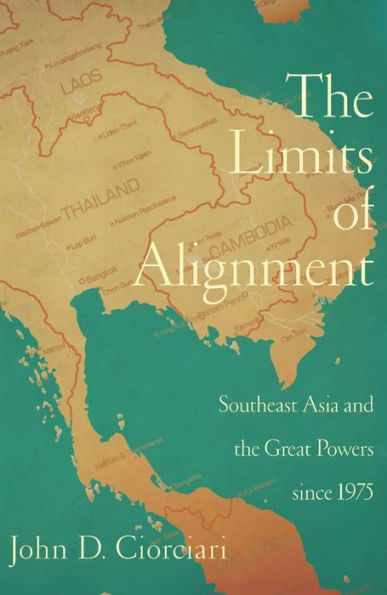Donald K. Emmerson
By empirically demonstrating the ubiquity of limited alignment by Southeast Asian states since 1975, John Ciorciari usefully redirects our attention toward complexly contingent engagement as normal behavior in international relations. His argument is timely too, in that it showcases responses to uncertainty—a prominent current and likely future condition of (in)security in world affairs.
Yuen Foong Khong
John Ciorciari’s book challenges conventional wisdom about the alignment behavior of developing countries. Based on a systematic and superb analysis of the strategic behavior of ten Southeast Asian states since 1975, Ciorciari argues that most small and medium powers prefer 'limited alignments' with the great powers to balancing against, or bandwagoning with, them. This is an important contribution to international relations theory and Southeast Asian studies.
From the Publisher
"John Ciorciari's book challenges conventional wisdom about the alignment behavior of developing countries. Based on a systematic and superb analysis of the strategic behavior of ten Southeast Asian states since 1975, Ciorciari argues that most small and medium powers prefer 'limited alignments' with the great powers to balancing against, or bandwagoning with, them. This is an important contribution to international relations theory and Southeast Asian studies. "—Yuen Foong Khong, professor of international relations and John G. Winant University Lecturer, Nuffield College, Oxford University
"By empirically demonstrating the ubiquity of limited alignment by Southeast Asian states since 1975, John Ciorciari usefully redirects our attention toward complexly contingent engagement as normal behavior in international relations. His argument is timely too, in that it showcases responses to uncertainty—a prominent current and likely future condition of (in)security in world affairs."—Donald K. Emmerson, director, Southeast Asia Forum, Stanford University



